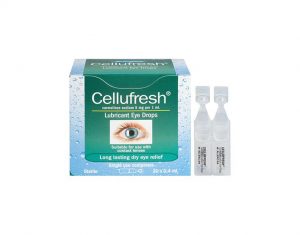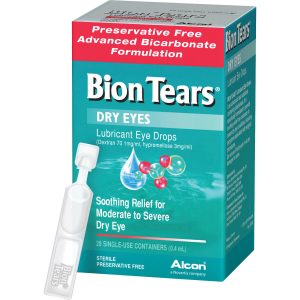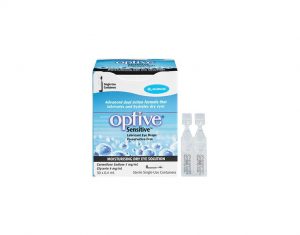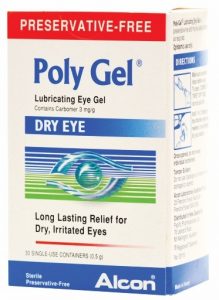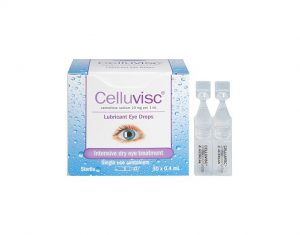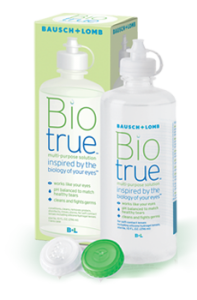Vitamin Supplements for Macula Degeneration
Vitamin Supplements for Macular Degeneration
We are commonly asked what vitamin supplements are available for macular degeneration and whether they help.
Over the last 20 years two large studies were conducted to examine the effect of supplements on people with macular degeneration. They were the AREDS (Age Related Eye Disease Study) and then AREDS2.
Unfortunately no vitamin supplement can cure or reverse the damage that macular degeneration causes but in the AREDS and AREDS2 studies a specific combination of antioxidants, vitamins, Zinc and Lutein and Zeaxanthin have been shown to reduce progression of the condition by as much as 25%. This reduction in progression was only reported in the study for patients that already had at least moderate macular degeneration. There may be some benefit in early macular degeneration but that was less certain from the study. The supplements seem to help to reduce the conversion from dry to wet type macular degeneration.
What ingredients were shown to be beneficial in the AREDS2 formulation?
- Vitamin C (Ascorbic Acid) – 500 mg
- Vitamin E (d-alpha-Tocopherol) – 400 IU
- Zinc (Zinc Oxide) – 80 mg and Copper (cupric oxide) – 2 mg
- Lutein – 10mg
- Zeaxanthin – 2mg
You would struggle to achieve these doses in a normal diet. These amounts are between 5-15x the daily recommended intake.
Is there anything else I can do to reduce my risk of macular degeneration or it progressing further?
- If you are a smoker stop and encourage anyone else in your household to do so also. Smokers have up to a 4x risk of losing vision from macular degeneration.
- You should wear sunglasses to protect your eyes from UV light.
- A diet rich in green leafy, red and yellow vegetables are a good source of antioxidants. Nuts and seeds are a good source of Vitamin E. Fish and Eggs have a high Zinc content. Lutein and Zeaxanthin are found in eggs.
- Other supplements such as Saffron, Bilberry and Ginkgo biloba do not have strong evidence at this stage.
What supplements should I buy?
We don’t recommend a particular brand of supplement as long as it contains the AREDS2 formulation. Some examples include:
MDEyes is available at http://www.mdeyes.com.au/ and comes in a once per day gel capsule.
Macutec Essentials (once daily) at https://www.macutec.com.au/view/macutec-once-daily/34
You should check with your General Practitioner (GP) if you intend taking a new supplement.
More reading:
https://nei.nih.gov/amd
https://www.nei.nih.gov/areds2
https://www.nei.nih.gov/areds2/PatientFAQ
https://www.nei.nih.gov/areds2/MediaQandA
